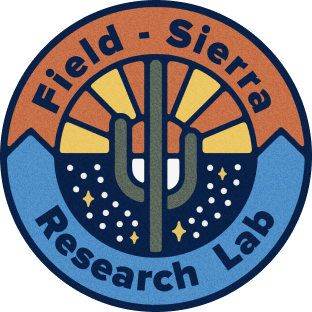top of page
Collaborative Research: WERF: GOALI: Bioaugmentation-Enhanced Anammox for Mainstream Nitrogen Removal. NSF Award # 1705674
Nutrient nitrogen (N) in excess is a major pollutant affecting the environment and public health; consequently, excess N must be removed from wastewater (WW). Conventional nutrient N-removal technology relies on a sequence of two microbial process known as nitrification-denitrification. The first step (nitrification) involves the oxidation of ammonium to nitrate. The drawback is that nitrification requires a large input of energy to aerate the water. The second step (denitrification) involves the reduction of nitrate to harmless elemental nitrogen gas. The drawback is that valuable chemical energy is required for the nitrate reduction that could be better used to make biofuels such as methane-rich biogas. Improvements in the economy of nutrient N-removal can be achieved with anaerobic ammonia oxidizing (anammox) bacteria. Anammox converts nitrite and ammonium to elemental nitrogen gas without any need for aeration or chemical energy. As a technology anammox must be combined with partial aeration to form nitrite from about half of the ammonium (partial nitritation), but this process saves 57% of the aeration costs and 100% of the chemical energy demand compared to conventional nutrient N-removal.
Anammox has become a mature technology for the treatment of high ammonium, low organic matter WW, exemplified by sludge liquor side streams from the dewatering of anaerobically digested sludge, which accounst for 15-30% of the N load at wastewater treatment plants (WWTP). The objective of this research is to apply anammox to the 70-85% of the N-load in the mainstream of a WWTP. The strategy proposed is based on utilizing highly active anammox sludge cultivated on the ammonium rich side stream with an upflow anaerobic sludge blanket (UASB) reactor to bioaugment another UASB treating the mainstream. The reactors will be operated as a single-stage partial-nitritation anammox process by introducing substoichiometric quantities of elemental oxygen via aeration. The intellectual merit of the proposed work is to convert the liability of the high N-loading embodied by the ammonium rich side stream into an asset for biological N-removal for the mainstream. The key scientific/engineering question is whether bioaugmentation of highly enriched anammox sludge can be used to enhance the N-treatment process in the mainstream where conditions are less favorable for growing and sustaining anammox due to competition from heterotrophic bacteria and low N concentrations. The PIs will explore a novel stratification of partial nitritation and anammox in the microaerophilic exterior and anoxic interior of the same sludge particles, respectively. Through kinetic, metabolic and metagenomic/transcriptomic analyses, the PIs will determine whether the enriched anammox sludge deteriorates in mainstream by providing biomarkers to quantitatively monitor the anammox bacteria they contain. They will also obtain information on the shifting composition and function of the microbial population. The project directly addresses the National Academy of Engineering grand challenge of improving the management of the N cycle by developing energy saving technology to control the load of excess nutrient-N into the environment. Two PhD students will be working with the GOALI partner at the regional wastewater reclamation facility to gain industrial experience.

bottom of page
